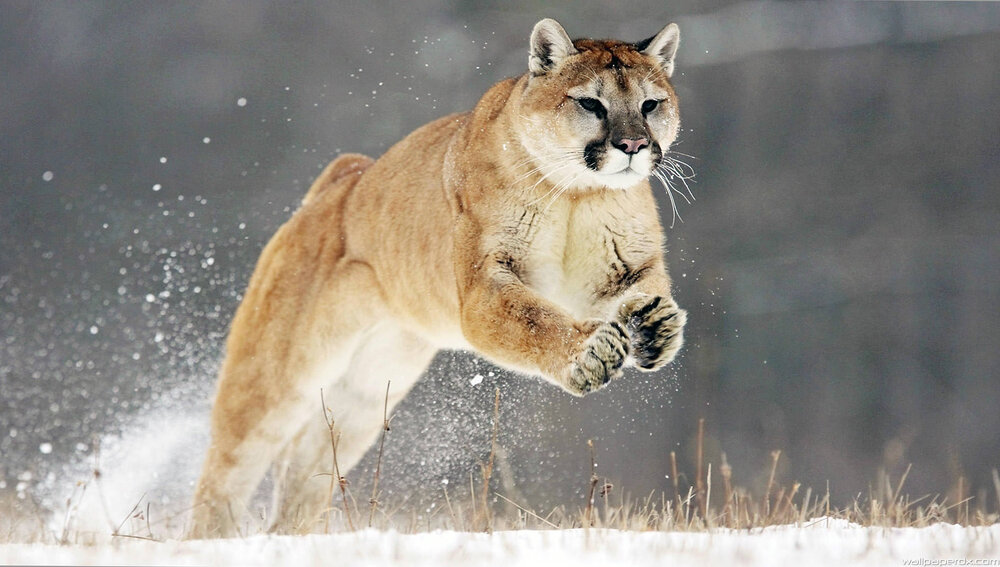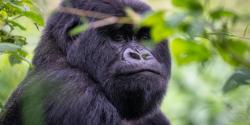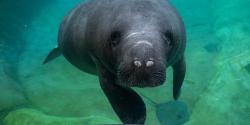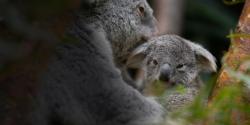Featured Species
Caspian tiger (Panthera tigris virgata)
Tigers can live in a variety of habitats, but they still struggled with human-wildlife conflict and were declared extinct in 2003.
Conservation Status: Extinct
Habitat & Range: Formerly located just south of the Caspian Sea (hence the name) and was commonly found in countries such as Iran, Turkey, Iraq, Mongolia, Georgia, Armenia, and even central Asia.
Extinct due to:
- Human-wildlife conflict – both tigers and humans were drawn to water resources in their desert habitat. Tigers preyed on domestic livestock, resulting in pointed and expansive hunting.
- In the first half of the 1900s, thousands of Caspian tigers were killed through poisoning and trapping which was promoted by bounties paid by the former Soviet Union until the 1930s.
- The Russian army was ordered to kill Caspian tigers, which decimated their numbers and led ultimately to their legal protection in 1947. Unfortunately, the clearing of their forest habitat for agriculture continued, further decreasing their population.
Falkland Island wolf (Dusicyon australis)
The only mammal from the Falkland Islands, Charles Darwin described these wolves as having traits of “curiosity and tameness,” which unfortunately led to their demise as they were easily hunted.
Conservation Status: Extinct by the end of the 19th century
Habitat & Range: were found inhabiting rocky mountainous terrain or boggy plains and beaches only on the Falkland Islands, an archipelago off the coast of southern South America.
Threats:
- Overhunting for fur
- Targeted hunting by farmers to protect livestock
Clouded leopard (Neofelis nebulosa)
These secretive animals can be hard to observe and study; though they have been observed to be very good climbers. Some have been seen climbing slowly down a tree trunk headfirst, and hanging upside down while moving across a horizontal branch.
Conservation Status: Vulnerable, populations are decreasing
Habitat & Range: Fractured populations are found from the Himalayan foothills in Nepal through Mainland Southeast Asia into China
Threats:
- Poaching, both targeted hunting for trade and incidental capture in indiscriminate hunting snares
- Capture for the illegal wildlife trade
- Habitat loss: Southeast Asia is experiencing deforestation rates that are amongst the highest in the world
Thylacine (Thylacinus cynocephalus), Tasmanian tiger or Tasmanian wolf
The thylacine’s body was most like a wolf’s; however, they were marsupials with pouches and were capable of hopping on two feet, similar to kangaroos.
Conservation Status: Extinct
It is estimated there were around 5,000 thylacines in Tasmania at the time of European settlement. On September 7, 1936, only two months after the species was granted protected status, the last known thylacine died.
Habitat and Range: The preferred habitat of Tasmanian wolves was never thoroughly described by scientists. Their original prehistoric range was thought to extend throughout much of mainland Australia and Papua New Guinea.
Populations ceased to exist because of:
- Excessive hunting due to human wildlife conflict
- Introduction of invasive species like dingoes
- Foreign disease from introduced species
- Habitat destruction










